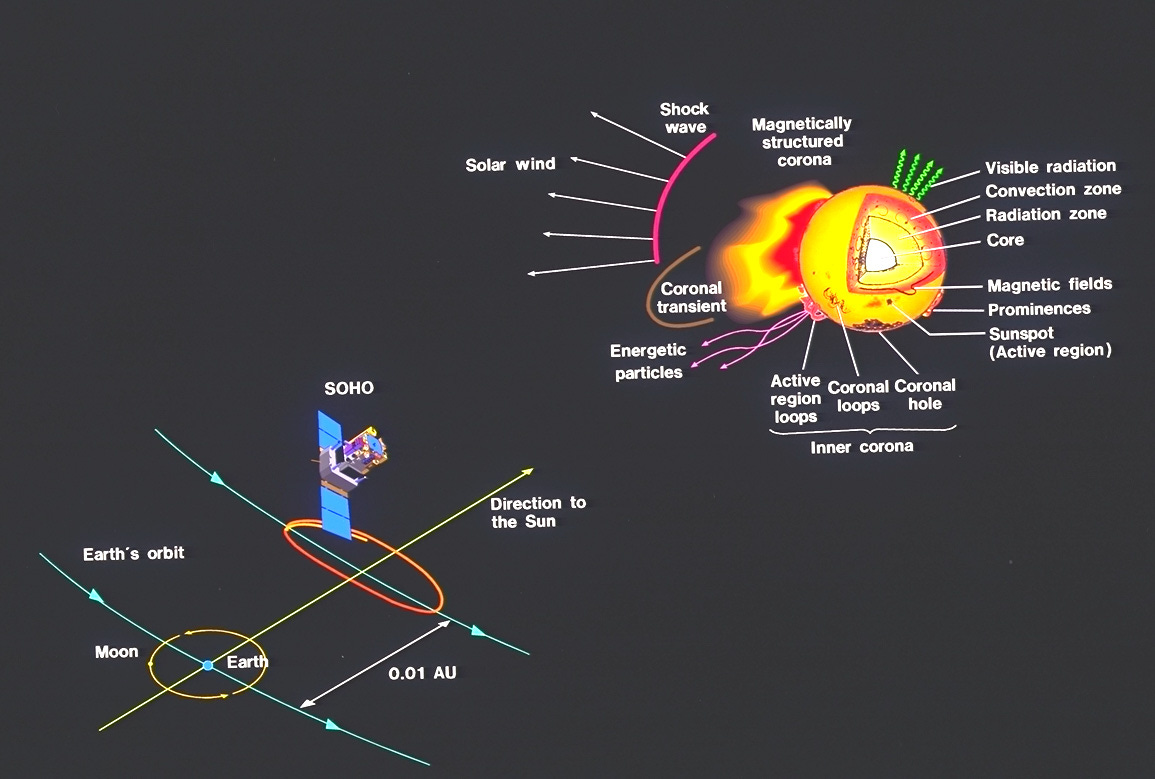Friday, December 27, 2024
Space probes and the lack of mobility evidence.
You would think that with the innumerable probes, and related photos and videos we would have some convincing evidence of movement. You might also believe in the moon landings.
by StFerdIII
In 1995 the European Space Agency launched the SOHO or the Solar and Heliospheric Operations space probe. SOHO studies and photographs the relationship between the Sun and Earth.
SOHO was designed to help answer:
-
The structure and dynamics of the solar interior
-
Why does the solar corona exist and how is it heated to the extremely high temperature of about 1 000 000°C?
-
Where is the solar wind produced and how is it accelerated
-
The origins and trajectories of comets (some 5000 discovered)
SOHO moves around the Sun in step with the Earth, by slowly orbiting around the First Lagrangian Point (L1), where the combined gravity of the Earth and Sun keep SOHO in an orbit locked to the Earth-Sun line. The L1 point is approximately 1.5 million kilometres away from Earth (about four times the distance of the Moon), in the direction of the Sun.
SOHO has an uninterrupted view of the Sun.
SOHO transmits a continuous 200 kbit/s data stream of photographs and other measurements via the NASA Deep Space Network of ground stations. Probably the key objective of SOHO's utility is to predict coronal mass ejection (CME) arrival times at Earth. This is to protect electrical grids and satellites. CMEs directed toward the Earth may also produce geomagnetic storms, which in turn produce geomagnetically induced currents, in the most extreme cases creating black-outs or disruptions. More here
SOHO transmits a continuous 200 kbit/s data stream of
photographs and other measurements via the NASA Deep Space Network of ground stations. Probably the key objective of SOHO's utility is to predict coronal
SOHO transmits a continuous 200 kbit/s data stream of
photographs and other measurements via the NASA Deep Space Network of ground stations. Probably the key objective of SOHO's utility is to predict coronal
